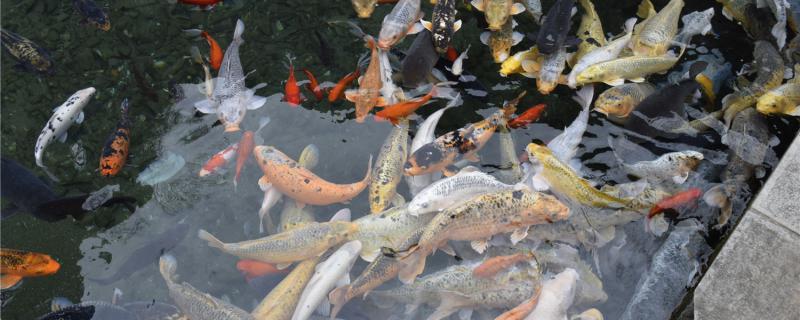
filter material for koi ponds? The filter material for koi ponds can be glass ring or ceramic ring, and then matched with activated carbon and biochemical balls. Because the glass ring and the ceramic ring are fired at a special high temperature, the pores are relatively thin, and the nitrifying bacteria can be quickly cultured. It can also decompose a large number of harmful substances in a short time. They can also enhance the resistance of Koi and stabilize the ecological balance in the fish pond. Activated carbon and biochemical balls use themselves to adsorb harmful substances, so these two filter materials need to be replaced in time, preferably once every 4-6 months.
2. Rattan cotton: Rattan cotton is characterized by strong water permeability and air permeability, and can be recycled. It can filter the food residues and feces of Koi and improve the water quality. It can also be used when Koi fish are laying eggs.
3. Coral sand: mainly fragments of shells and corals, which can continuously release calcium carbonate. Shells and corals contain alkaline substances, which can help regulate the acidity and alkalinity of Koi ponds.